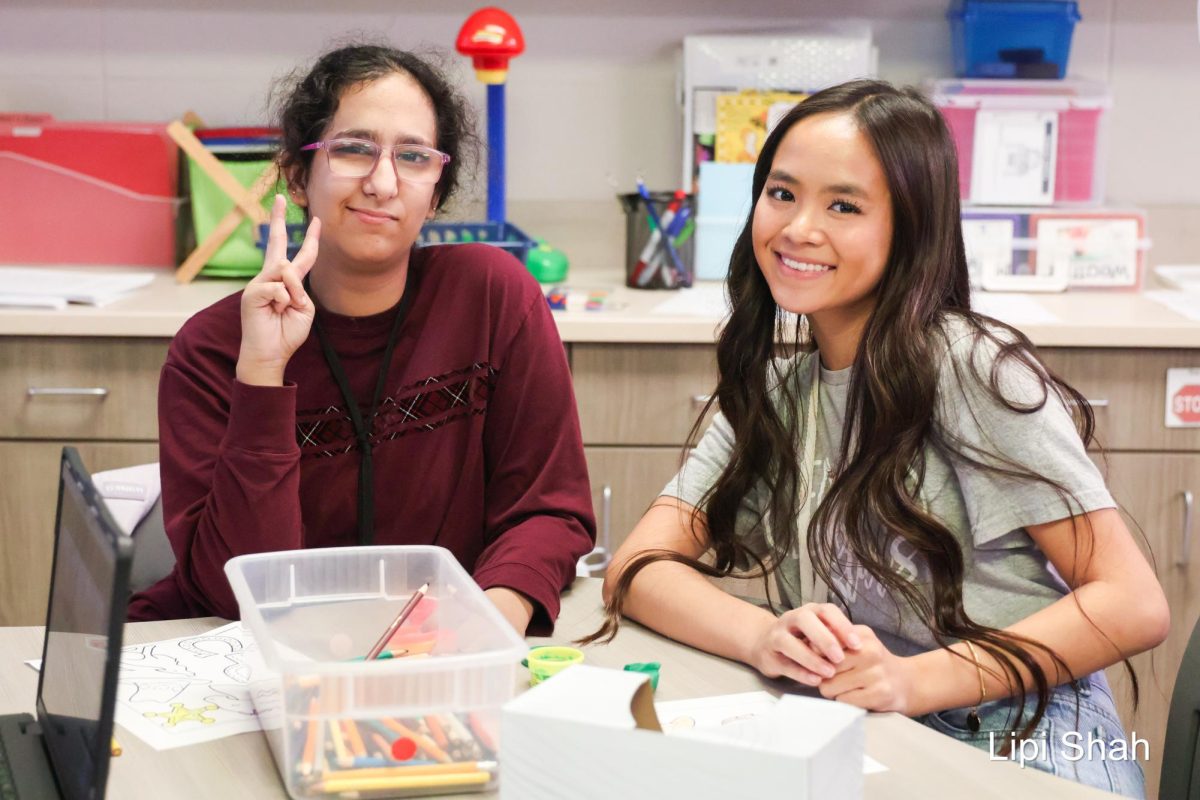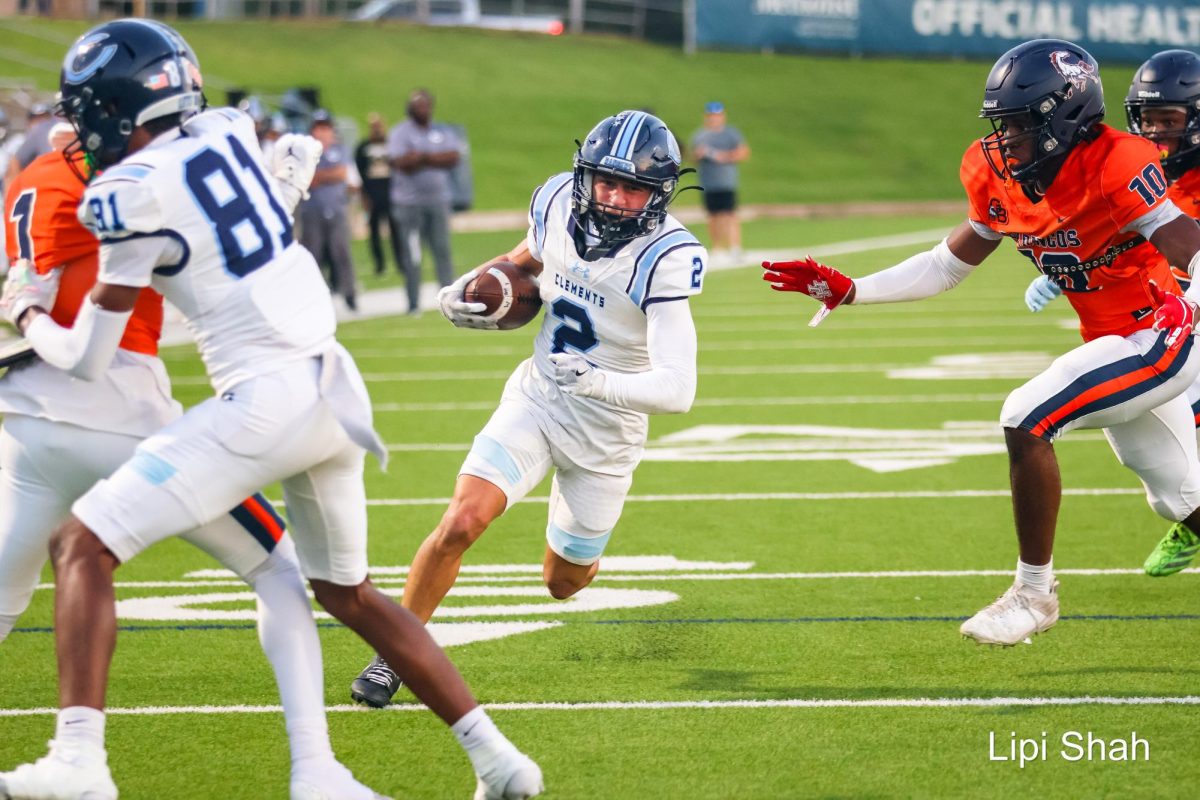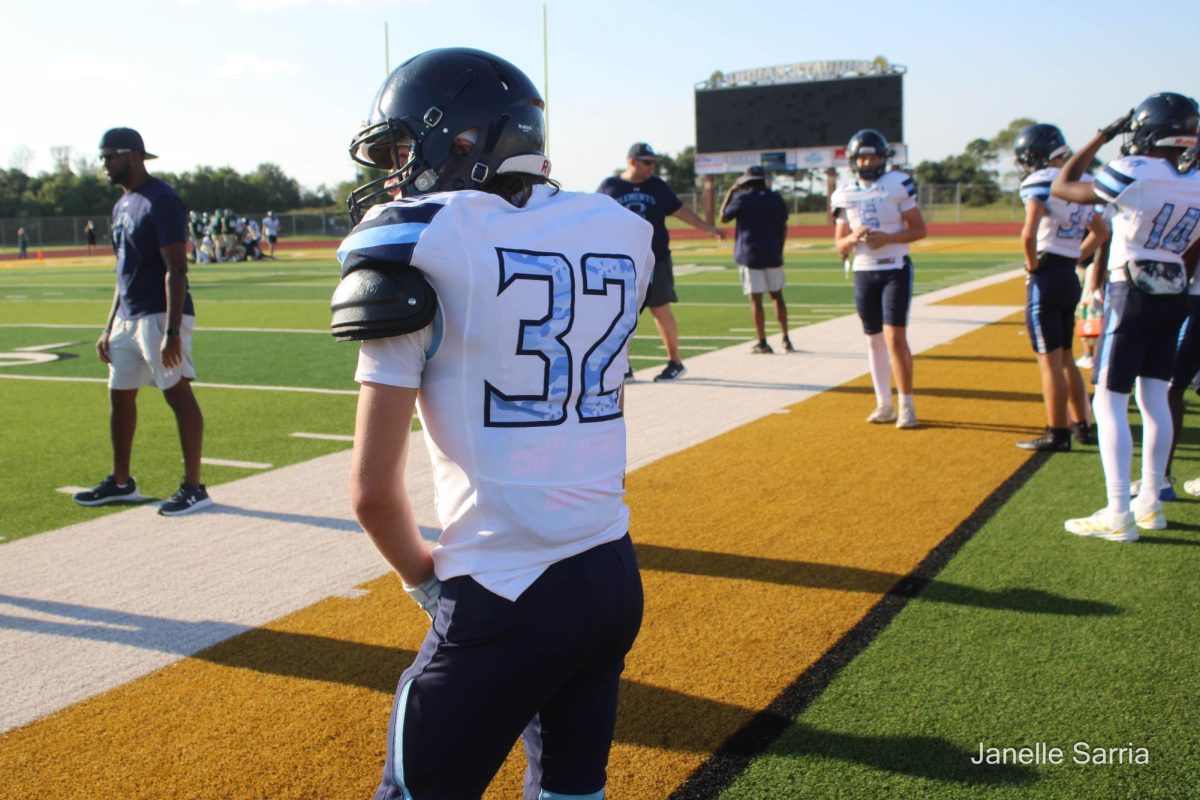See Something? Say Something!

January 6, 2016
What do you do when you see suspicious activity or unusual behavior from a friend, peer or just about anyone? Do you say something or do you just let it go and pretend you didn’t see anything? It’s difficult for people to speak up and report a situation without worrying about what others might think.
The “See Something, Say Something” movement was started by concerned individuals after the Sandy Hook shootings in order to raise awareness of indicators of suspicious or unusual behavior in the community and in schools. This program was adopted by Homeland Security as part of the terrorist watch. However, it was really created to encourage people to step out of their comfort zone and speak up for people to take a chance for the good and well-being of another.
Many people suffer daily from terrible situations such as suicides, bullying and more. While anyone can be a victim to these issues, the majority that are affected by these situations are teenagers. There are many signs of impending crisis, and bystanders and other people have possible chances to prevent tragedy, especially suicide. According to the Parent Resource Program, “Suicide is the second leading cause of deaths from ages 10-24,” and “ four out of five teens who attempt suicide have given clear warning signs.”
Those who attempt or carry out suicide have backgrounds which determine their actions. Causes include depression, bullying or even abuse. In many bullying scenarios, those who bully do so in schools and in other public places where many people are aware and present of the bullying scene. So why don’t we say something? Why do we stand there and just watch? A student’s whole high school experience can be ruined, or at worst, a life could be lost all because people did not speak up for what’s right.
Sometimes people witness bullying on the internet. This can be just as damaging as physical bullying. The Center of Disease Control states, “cyberbullying suicide rates accounts for 4,400 of teenagers and young children every year.”
As well as bullying, child abuse is another serious manner. If a student comes into the classroom frequently with a black eye or something as simple as a bruise on an arm or leg, the teacher or a student must report it immediately especially if this is ongoing event. Say something. No one knows what could be going on at home for that person. People have to take a stand for the greater good of another person.
So why do we as a community stay quiet? Some common warning signs include: \Unusual distance from people, feeling sick or “faking illness,” lack of sleep or troubling nightmares, declining of grades, lost interest in schoolwork, avoidance of social situations and gatherings and decreased self-esteem. Some signs are easy to spot and others more subtle, but friends can usually detect these warning signs.
A lot of people, especially teenagers, can feel pressured not to say anything, because they think they’ll get bullied too, be called a snitch or be in danger of being attacked. In the case of a friend’s depression, teens might think they will lose friendships. But nothing can beat the power of everyone standing up and working together to take care of those in need of help. If we all could take a risk and break the silence barrier that we hold up to surround and protect us, we might actually change something in this world.
In order to keep the community and neighborhood safe, we need to break the silence. Stand up for someone being bullied, reach out to someone who looks down and out of sorts, and report something you might find out of the ordinary because that is how we can help people. We need to step out of that safe zone and speak up for someone who might really need someone on their side. Then we will not have to say the two dreaded words, “If only.”






